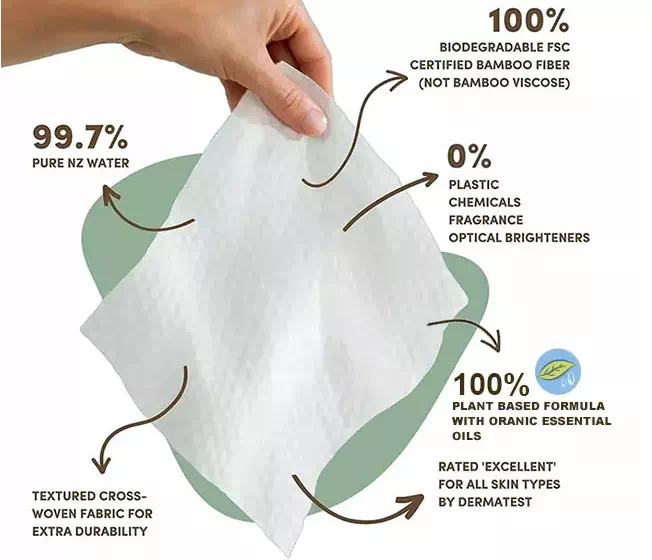Uncovering the Basics of Wet Wipe Ingredients
Wet wipes are a staple in personal hygiene, cleaning, and healthcare, but have you ever wondered what goes into making these convenient products? Understanding their ingredients can provide insight into their effectiveness, safety, and environmental impact.
At their core, wet wipes consist of a base material, typically nonwoven fabric. This fabric is designed to be soft, absorbent, and durable enough to hold up during use. Commonly made from a blend of synthetic fibers like polyester and viscose, or natural fibers such as cotton or bamboo, the choice of material affects the wipe’s texture, biodegradability, and strength. Manufacturers often add specific treatments to enhance these characteristics, ensuring the wipes meet various application needs, from baby care to surface cleaning.

The liquid solution in wet wipes is equally important. This solution typically contains water as the primary ingredient, ensuring the wipe is moist and easy to use. Beyond water, other components are added for specific purposes. For cleansing wipes, mild surfactants act as cleaning agents, while moisturizing wipes may include emollients like aloe vera or glycerin. Preservatives are another essential component, as they prevent microbial growth and ensure the wipes remain fresh over time. Additionally, fragrance or essential oils are often included for a pleasant scent, though fragrance-free options are available for sensitive skin.
Lastly, wet wipes may incorporate antimicrobial agents, such as alcohol or benzalkonium chloride, for disinfecting purposes. While effective, these ingredients can sometimes cause skin irritation or dryness, so their concentration is carefully regulated. For eco-conscious consumers, some brands are now using biodegradable materials and natural solutions, minimizing the environmental footprint of their products.
Understanding the ingredients in wet wipes helps consumers make informed choices that suit their needs while aligning with personal values regarding safety, sustainability, and functionality. By knowing what goes into these products, you can select options that are not only effective but also aligned with your lifestyle and preferences.

